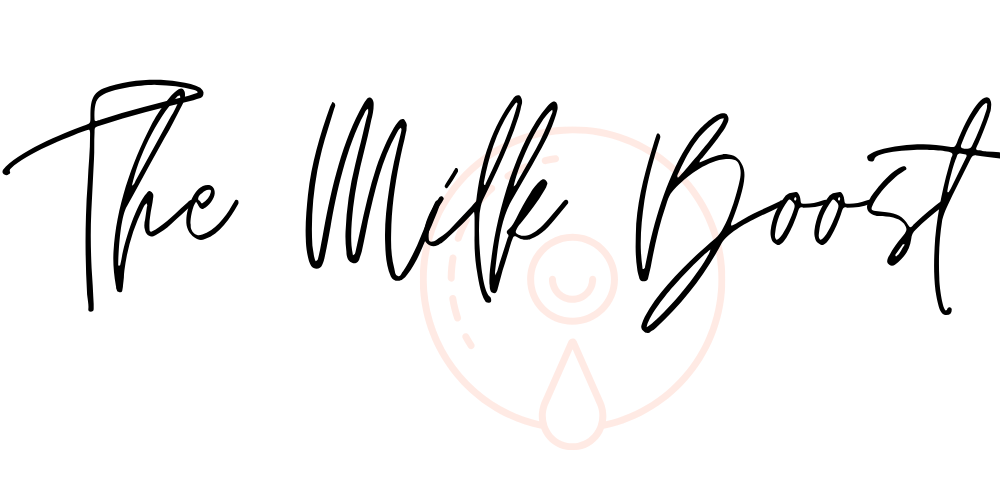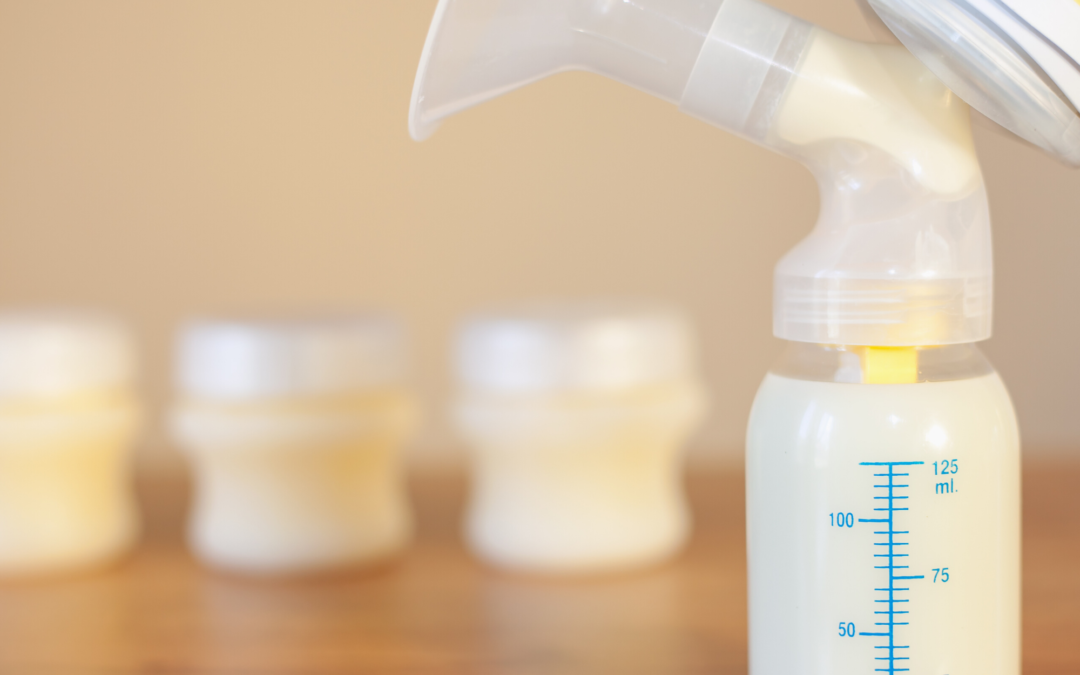This post contains affiliate links to products that we’ve tested, tried and used.
Andrea Tran RN, BSN, MA, IBCLC
I once got a call from a desperate mom who had just returned from a vacation in the Carribean. It was the first time she had been separated from her seven-month-old breastfed baby. She didn’t want to wean yet, so she had planned to pump her milk while she was on her trip.
We had communicated via email before she left about how often she needed to pump to keep up her milk supply. However, her carefully laid out plans went awry when her pump stopped working two days into the seven day vacation.
The island she was on was a small one, and there was no place for her to buy a replacement pump. This poor mom went through a few uncomfortable days as her milk dried up.
She called me as soon as she got home and wanted to know if there was anything she could do to get her milk back. I was able to give her hope when I suggested she try relactating.
Relactation is the process of producing milk after weaning. I am currently talking to a couple of women who are interested in relactating. While this may sound crazy to some, there are many instances when a woman might make this decision.
Why a Mom Would Want to Relactate
There are many different reasons why a woman stops breastfeeding and then after a period of time decides she wants to make milk again.
- A mom switches to formula, and her baby does not tolerate it.
- A mom stops breastfeeding because she was given bad advice. She realizes it was bad advice after she weans and wants to try breastfeeding again.
- Weaning is unintentional. Like the mom, I mentioned whose pump died on vacation. Another example of this would be if a mom had to have emergency surgery, and nobody thought to have her pump.
- Babies go through periods of being very distracted during breastfeeding. Moms often misinterpret this as a sign the baby wants to wean. After a week or so, the baby wants to breastfeed, but the milk has dried up.
- A woman wants to provide milk for another child:
- Adoption
- A relative or close friend’s child if mom can’t breastfeed for some reason.
If you are considering or have made the decision to relactate, you may be wondering how exactly you would go about getting your milk making abilities back in business.
There are many variables that can have an impact on how successful a woman’s relactation efforts are. Overall, the prognosis is encouraging.
Factors That Will Affect Success With Relactating
- How long it has been since your baby was born. Relactation is more successful when it is done closer to the time of birth.
- How long you breastfed before weaning. It will be easier if you breastfed for a longer time.
- If you had a full milk supply
- How long you exclusively breastfed
- How long it has been since you weaned from breastfeeding. The longer it has been, the more challenging it will be.
- If you don’t have any medical conditions that would cause a low milk supply. Examples would be thyroid problems or PCOS.
How to Relactate
Breast stimulation is critical for relactation. You have to tell your body to make milk. Your breasts need stimulation from breastfeeding or pumping or a combination of the two. If you don’t have baby for stimulation, in the case you may be adopting a baby and want to start lactation, you can stimulate your breasts by using a massaging tool or a pump to stimulate lactation.
If it has only been a short time since you weaned, you should start breastfeeding again and see how your body responds. The problem with that approach is that a baby may not want to breastfeed if there is no milk. In that case, you would start pumping.
You want to use a good, strong pump. I would recommend renting a hospital grade pump if it has been more than a few weeks since you last breastfed. A personal pump may not be up to the job.
Hands-on pumping helps moms make more milk. It involves massaging and compressing your breasts during pumping and doing hand expression right after pumping. This manual pump also works really well.
The more times you provide stimulation by breastfeeding and or pumping, the faster you will start to make milk. It will be more effective if the stimulation occurs at regular intervals around the clock. Pumping eight times a day, every three hours, will work better than eight times in eight hours.
If it has been a long time since you last made milk, you may need more than just breast stimulation. In a situation like this, you will want to work with a qualified lactation professional and a physician, as well as use milk-boosting products to promote breast health. Milk Dust is an amazing product for this because of the nutrients and herb combination.
There are pharmaceuticals that can help convince your body to make milk. This option should be discussed with your health care providers.
How Do You Know If Your Efforts to Relactate are Working
- Your breasts will feel firmer as they start to fill up with milk.
- If your baby is going to the breast, you will start to hear swallowing during feedings.
- If you are pumping, you will start to see milk.
Breastfeeding Products That Can Help With Relactation
If your baby is not interested in breastfeeding because there is not any milk, you can try using a Supplemental Nursing System (SNS). This is a device that you wear around your neck that holds milk. There is a tube that goes from the SNS bottle that you can tape to your nipple. When your baby latches on and sucks, he will get milk. This encourages him to suck more, and that helps stimulate your milk-making hormones.
Foods and Dietary Supplements That Help Moms Make Milk
You will want to assist your milk-making efforts in every way you can. Avoid foods that can suppress milk production. This would include peppermint, sage, and parsley.
Some foods that encourage milk production are oatmeal, fennel, brewer’s yeast, whole grains, dark green vegetables, chickpeas, and flaxseed. A great way to promote milk production is to make a smoothie every day with some of these foods and a protein powder like Milk Dust.
Milk Dust contains milk production boosting foods like flaxseed, fennel, fenugreek, brewer’s yeast, milk thistle. Smoothies are a convenient way to pack a lot of nutrition into an easy to prepare meal.
Dietary supplements that encourage milk production include fenugreek, moringa, goat’s rue and shatavari. It is best to work with a lactation consultant if you are interested in taking dietary supplements.





Trying to relactate can be challenging and time-consuming. Results will vary from a few drops to a full supply. But breast milk is so valuable. Producing any amount should be considered a success.

